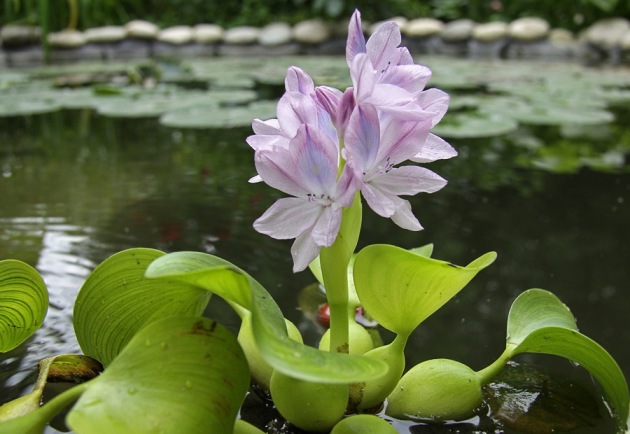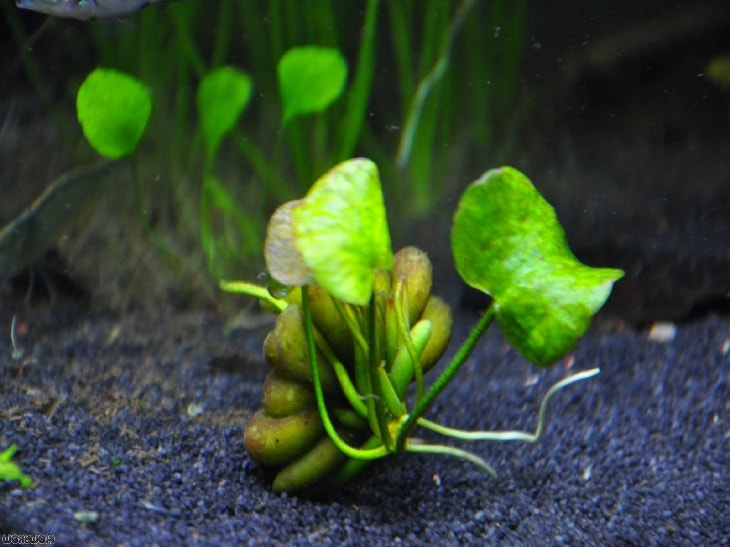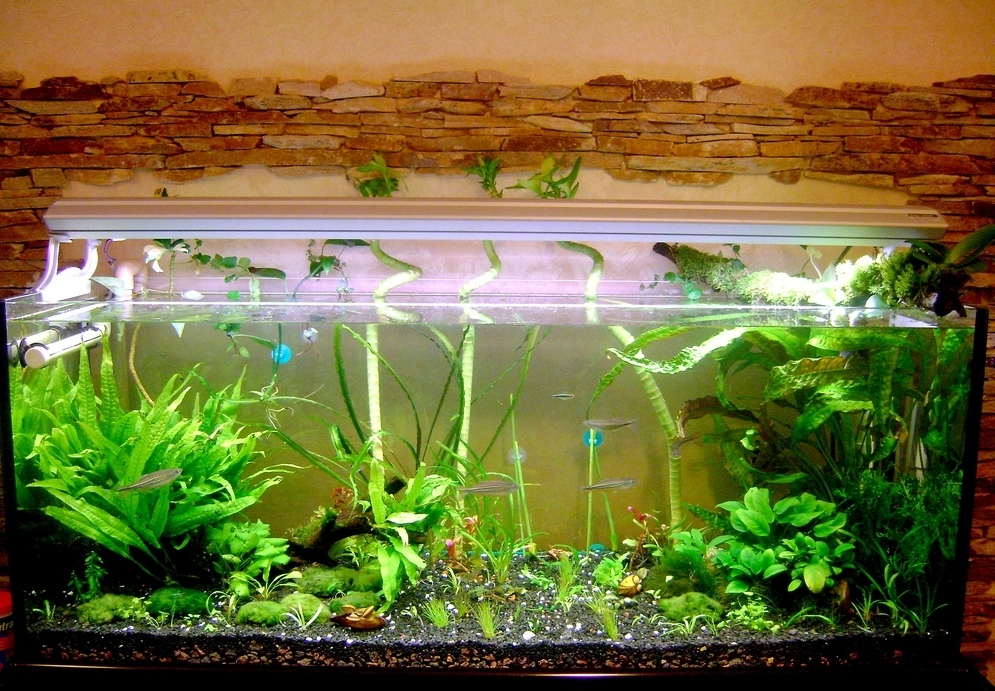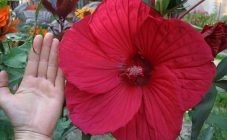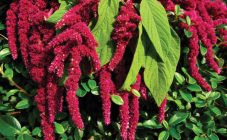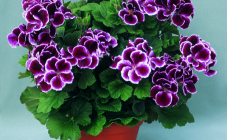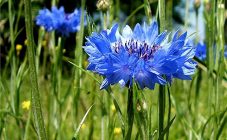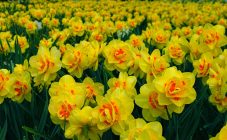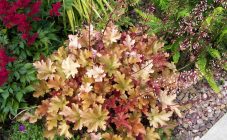When familiarizing yourself with a culture called water hyacinth, first of all, you should know that this is an ornamental plant that can decorate any artificial reservoir or aquarium. A small pond with stagnant water, located not far from the dacha, is the best suited for breeding it.
About culture
Water hyacinth (Latin name - Eichhornia crassipes) is a flower brought to Russia from the tropics of South America. The history of its distribution and recognition in the world contains many "dark spots". It is only known that experts attribute it to the genus Eichornia, and water hyacinth is more of a colloquial form.
In the scientific community, it is classified as a monocotyledonous plant, in which the petiole-like leaves are rounded. With a size of about 20 cm, they are assembled into an outlet so that the flower itself is afloat, which is explained by the accumulation of air at the base of the pedicel.
The leaf cover is smooth, very dense in appearance and is distinguished by a well-visible glossiness. The roots of the plant are completely in the water, where they grow up to 0.7 meters in length. The stem itself usually grows up to 10-15 cm and gives several inflorescences at once (about 10-15 pieces). The flowers of this plant are large; in diameter they reach 20-30 mm. Their color scheme can vary, ranging from a pale pink to lilac.
Water hyacinth can also be used to clean aquariums or ponds where water becomes heavily polluted over time. The specified effect is achieved due to the absorbing properties of the plant, due to which not only cleaning is performed, but also the elimination of unpleasant odors. In addition, with their help, it is possible to get rid of poisonous insecticides, heavy metal oxides and other toxins dissolved in water.
Growing and care
Breeding
Eichornia is a rather capricious plant, which forces us to take a responsible approach to assessing the conditions under which it can be grown. They differ for different environments (natural reservoirs and artificial water bodies).
When water hyacinth is intended for planting and care in a pond, for example, the basic requirements for its growing conditions are expressed as follows:
- First of all, it is the abundant content of microorganisms and organic matter in the water.
- It is also desirable to have humus, compost and bottom silt in it.
- For the cultivation of this plant, it is recommended to choose a stagnant and untreated reservoir.
The latter condition means that this plant prefers open and well-warmed by the sun's rays water areas of the area.
If home aquariums are chosen for breeding eichornia, the fulfillment of temperature requirements is somewhat simplified (many special devices have been developed to adjust it). On the other hand, when the place for growing hyacinth is an apartment, certain difficulties arise with the organization of the maintenance of this plant, namely:
- Firstly, the container with water, where the flower is supposed to be planted, must be of considerable size. With small volumes of the aquarium, the plant will be difficult to care for, as a result of which it will not be able to develop normally and will simply die.
- Secondly, for its full development, artificial lighting will be required (preference is usually given to fluorescent lamps with an operating power of more than 3.2 watts).
- This requirement is of particular importance in such a difficult period for any plant as autumn-winter.
The ideal option is to place the aquarium on a windowsill, which guarantees normal hyacinth development even in mid-latitudes.
Self-propagation (or resettlement) of water hyacinth, as a rule, does not cause difficulties, since it is very similar to the cultivation of garden strawberries. In the process of growth, a flowering plant develops small daughter processes that are used for the above purposes.
With the appearance of at least a few leaves in the daughter shoot, it can already be planted separately. Hyacinth can also be planted using the seed method. At the same time, one important requirement must be fulfilled: in order for the seed to germinate and take root at the place of planting, the temperature in this area should not be lower than + 35 ° C.
Care
Both the open and indoor hyacinth vegetation regime also presupposes its constant pruning.
In this case, you need to act in rubber gloves, which will protect against irritation caused by the ingress of juice on the skin. In addition, in the summertime it is recommended to remove dead stalks from flower leaves, due to which the development of the plant may slow down.
It should also be borne in mind that aquatic eichornia is not adapted to drafts, so this factor should be taken into account when choosing a place for an aquarium. When landing in a pond, experts advise planting a marsh iris or cattail in the vicinity of a hyacinth. To protect it from drafts, any other types of aquatic plants, excluding water lilies, are suitable.
Preservation for the winter
Since water hyacinth is a light and heat-loving plant, it is not easy to preserve it in winter conditions. At this time, it needs special care, which is manifested in the following mandatory measures:
- When the air temperature drops below +15 degrees, the plants from the reservoir are removed into pre-prepared containers filled with the same water.
- After that, containers with flowers are brought into the room with powerful light sources equipped in them.
- The temperature in the containers is maintained at a strictly specified level (not lower than + 20 ° С).
- For better preservation, hyacinth stems are placed on special supporting elements (floats).
In conclusion, we note that storing a plant in a warm room is permissible only in the absence of strong drafts in it and at the maximum distance from heating systems (in order to avoid drying out of flowers). Only if all these conditions are met is it possible to save hyacinth for the winter, and with the arrival of spring, it can be transferred again to a stagnant (not waste) reservoir.
